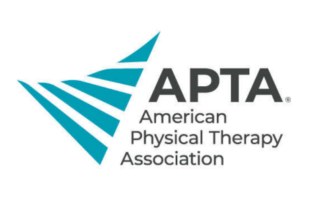The Alliance for Connected Care aims to:
Demonstrate the importance of Connected Care as a tool for improved quality and efficiency.
Build significant and high-level support for Connected Care among leaders in Congress and the Administration.
Enable more telehealth to support new models of care.
Lift geographic and site restrictions for telehealth in Medicare.
Establish a consensus-based, standardized definition of Connected Care to advance with policymakers.
Alliance News
The Future of Remote Physiologic Monitoring and Current Medicare Cuts
The Alliance for Connected Care led a group letter, calling attention to the need for strong CMS support of patient access to remote monitoring services that are vital in prevention and treatment for Medicare beneficiaries. The letter was submitted to CMS through the PFS public comment process. In the Calendar Year (CY) 2025 Medicare Physician Fee Schedule proposal, RPM code reimbursement has decreased as much as nine percent. Cumulatively, some codes been cut more than 30 percent since just 2021. While we recognize these changes are not an active policy decision, we request CMS leadership act to mitigate the harmful [...]
Journal of the American Geriatrics Society: Telehealth Availability and Use Among Beneficiaries in Traditional Medicare and Medicare Advantage
Journal of the American Geriatrics Society: Telehealth Availability and Use Among Beneficiaries in Traditional Medicare and Medicare Advantage This cross-sectional study examined differences in telehealth availability and use between traditional Medicare (TM) and Medicare Advantage (MA) beneficiaries. The study found that, despite lower telehealth use, MA beneficiaries had comparable or higher rates of technology access and internet experience compared to TM beneficiaries. Findings suggest that greater access to telehealth services among MA beneficiaries did not translate into greater telehealth use.
Centers for Disease Control and Prevention (CDC): Percentage of Children and Adolescents Who Used Telemedicine During the Past 12 Months
Centers for Disease Control and Prevention (CDC): Percentage of Children and Adolescents Who Used Telemedicine During the Past 12 Months The percentage of children and adolescents aged 0–17 years using telemedicine during the past 12 months declined from 18.3 percent in 2021 to 14.2 percent in 2023. Telemedicine use declined across all three age groups during this period. In both 2022 and 2023, telemedicine use increased with age.
Journal of Substance Use and Addiction Treatment: In-Person Opioid Use Disorder Assessment Unnecessary for Treatment-Seeking Patients
Journal of Substance Use and Addiction Treatment: In-Person Opioid Use Disorder Assessment Unnecessary for Treatment-Seeking Patients At the beginning of the COVID-19 pandemic, federal agencies permitted telehealth initiation of buprenorphine treatment for opioid use disorder (OUD) without in-person assessment. This prospective observational longitudinal cohort study found that participants with OUD had low rates of buprenorphine discontinuation for both in-person and telehealth care. This finding provides additional evidence that an in-person evaluation to receive buprenorphine may not be necessary for some patients.
Alliance CY 2025 Medicare Hospital Outpatient Prospective Payment System (OPPS)Comments
The Alliance for Connected Care provided comments to the calendar year (CY) 2025 Medicare Hospital Outpatient Prospective Payment System (OPPS) and Ambulatory Surgical Center (ASC) Payment System proposed rule. As reflected in the comments below, the Alliance urges CMS to recognize payment for genetic counselors providing care virtually, expand its proposal on virtual cardiac rehabilitation, and allow for outpatient reimbursement for RPM care management services. We believe these steps will improve the overall quality of care, lower costs, and improve the experience of Medicare beneficiaries.




















